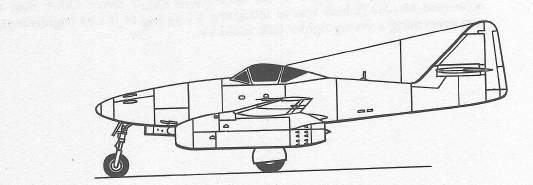PC Pilot
The Complete Guide to Computer Aviation
by Steve Smith
THE POP-UP GENERAL
General Yeager's timely advice is available during missions from the "Help Options" menu, which offers a conventional palette of choices—no midair collisions, unlimited ammo, and so on—plus a most useful device for maintaining SA (Situational Awareness): a "target designator" that frames the target of your choice in a box—you step through the available targets with the second "Fire" button on your joystick.
When the designated target disappears offscreen, the box changes to an "X" that moves around the periphery of the screen closest to where the target aircraft may be found. Of course, you have no indication whether he's just outside your field of vision or 180 degrees around behind you and closing in on your Six, but this gives a far better SA "sense" than frantically punching function keys to switch the cockpit views to reacquire your target. Truly liberating.
Another aid works in two of the three theaters: press the "Backspace" key and the cockpit—canopy, HUD, and instrument panel—disappears, leaving you with an unobstructed view forward (the boresight remains, so you can aim your .50s). This works great in guns dogfights, but not in missile fights, where you are forced to spend much of your time squinting at a radar screen. (But you don't have to worry about SAMs in Vietnam—in this recounting, there aren't any!)
Finally—we've all heard techie-sounding techno-jargon like "pushing the envelope" and "behind of the power curve." In Chuck Yeager's Air Combat you can see these concepts visualized for you—one of the "Help" options puts a fancy graph right on the screen. Of course, before I had deciphered its meaning, I was just an empennage sticking out of a hole in the ground.
Chuck Yeager's Air Combat has a serviceable "mission recorder" modeled after a VCR—with Stop, Play, Fast Forward, Rewind, Pause, Slo-Mo, Frame Advance, etc. In Playback, you can also switch from your perspective to the target's, a chase plane's, or the slot view, for example. It has enough capacity to record the mission from engagement to touchdown (you don't "win" until you've returned to your home base). This feature doesn't seem designed so much for a cold, critical analysis of your mistakes as for the pleasure of admiring your successes from several angles.
What suffers most in a sim of this vintage is the graphics—since when does a propeller cut a hexagonal swath? On the other hand, the code is tight and resource requirements are low: a 12-MHz 286, DOS 3.x, 1 meg of RAM, 1.4 megabytes of hard disk, MCGA or VGA, and a sound board will suffice. The sound—particularly Yeager's voice—is excellent, and the documentation does a terrific job of explaining the game play, even if it is a little short on local color, on romanticizing the giddy excitement of the last days of the last "good" war.
I mean, what could be more swashbuckling than to take off from your forward base in France and go shoot up Jerry at will, blowing up his steam locomotives, touching off his ammunition dumps, strafing his armored columns, and tangling with the desperate remnants of his once-invincible air force? Other than the occasional Me-262 (which was as intriguing to Yeager as it was frightening), it was everything a young fighter jock could ever hope for.



Table of Contents | Previous Section | Next Section
